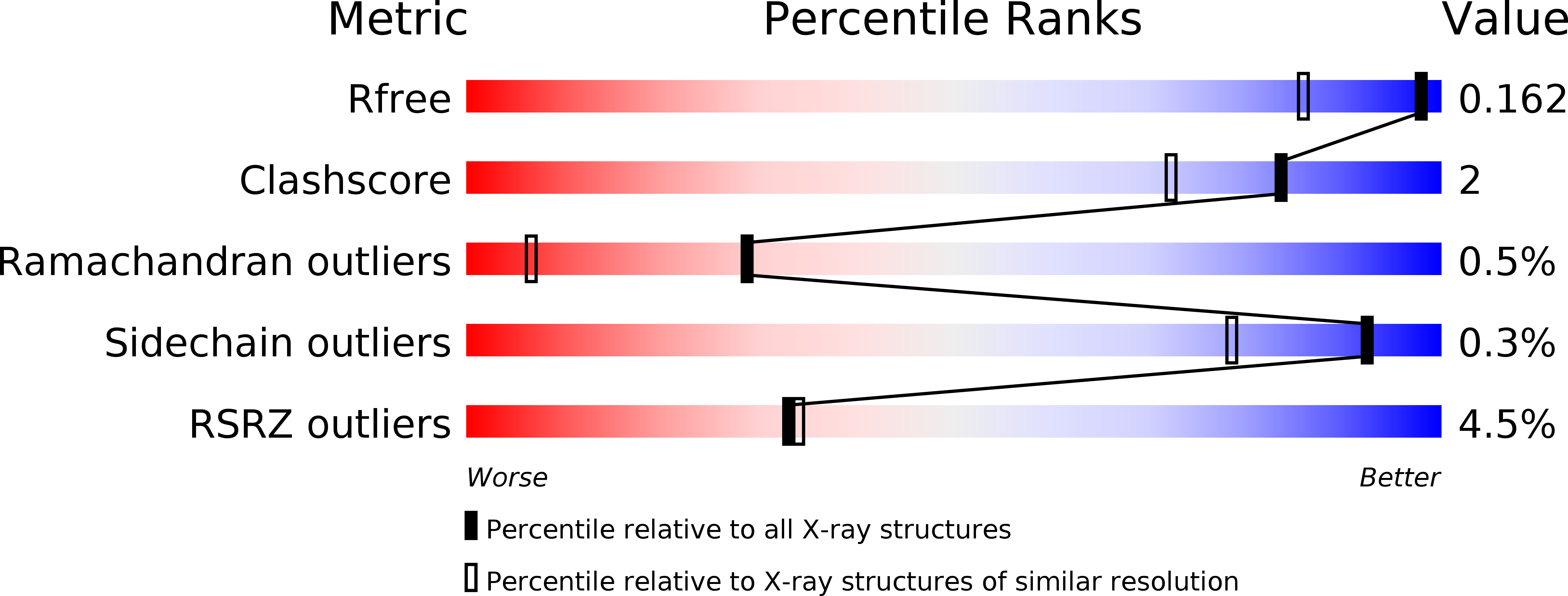
Deposition Date
2019-06-10
Release Date
2020-06-17
Last Version Date
2023-10-11
Entry Detail
PDB ID:
6P9D
Keywords:
Title:
Crystal Structure of Pseudomonas aeruginosa D-Arginine Dehydrogenase Y249F variant with FAD - Yellow fraction
Biological Source:
Source Organism:
Host Organism:
Method Details:
Experimental Method:
Resolution:
1.33 Å
R-Value Free:
0.16
R-Value Work:
0.13
R-Value Observed:
0.13
Space Group:
P 21 21 21


